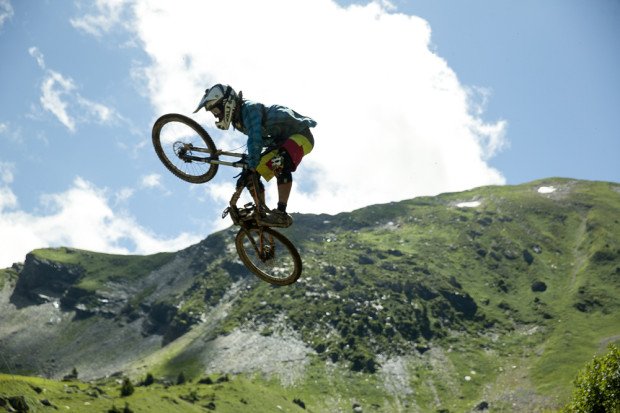How to Be Safe When You Mountain Bike
Mountain biking is a sport that appeals to a growing fanbase. Mountain biking can be exciting and even downright exhilarating, particularly depending on where you’re doing it. It can be the perfect way to exercise outdoors and enjoy fresh air and nature, and it can even provide you with opportunities to travel.
There are injuries that occur with mountain biking, however, including head injuries. It’s important to know the risks and take steps to protect yourself against them, although regardless of which one you do, playing sports doesn’t come without risks.
The following are some of the safety risks to be aware of with mountain biking and things you can do to protect yourself while you enjoy the sport.
The Risks of Mountain Biking
If you are going to participate in any activity, you should know and understand the risks. Most risks occur when you’re a trail’s downhill section. Your bike can gain a lot of momentum, and that means if you do hit something, the impact may be harder.
Specific risks of mountain biking include:
- Pedestrian collisions
- Collisions with other riders
- Collisions with fixed or moving objects
- Surface hazards such as irregularity in a trail
- Weather conditions
- Risks of natural jumps and stunts as well as manmade stunt risks
- Exposure to weather extremes
- Water hazards
- Falling objects
General Cycling Tips
There are certain tips that all types of cyclists should follow. These include:
- Wear a helmet that fits and keep it fastened at all times
- Wear bright clothes so motorists and other cyclists can see you
- Obey all the rules wherever you are
- Keep your bike tuned up so that it’s always in optimal riding condition—for a mountain bike, check out any faulty parts and inspect the whole drive train, which includes the pedals and brakes. You should also ensure your tires are properly inflated and make sure there are no problems with the wheels.
- Ride with other people
- If you’re going for a ride, leave a copy of your itinerary with someone you trust
Mountain Biking-Specific Safety Tips
Along with the following general cycling safety tips, there are certain mountain biking-specific safety tips you should always follow.
There are risks of severe injuries associated with this sport, and the best thing you can do for yourself is to make sure you have a good-fitting and approved helmet. Beyond that other safety gear, you may need includes body armor and pads for your legs, knees, elbows, and arms. When you have protective gear it can reduce some of the damage that might occur if you crash.
You should always ride within your skill level. Don’t try to take on a section of trail that’s more challenging than what you’re used to. You need to work up to more challenging trails.
You should make sure you have the correct bike for where you ride. For example, a downhill bike isn’t going to be what you choose if you’re doing a cross-country ride.
If you’re taking on a new trail, get to know it first. Walk sections that you’re unsure about and check out the blind corners.
Stay alert at all times, but especially if you’re riding on unfamiliar terrain.
You should make sure that not only your bike is in good shape before hitting the trail, but that your body is as well. You need to stretch before your ride, and make sure you have are well-hydrated and have had at least a healthy snack if not a meal beforehand.
Don’t ever push your body too hard when you’re mountain biking, because you’re more likely to get hurt if you’re tired.
Find people you trust to ride with. You shouldn’t ride alone if you can help it, at least not on unfamiliar terrain. If you do crash, having at least one person with you is important.
Know before you ever start mountain biking that you will at some point crash. Crashing is an inevitable part of mountain biking, but you should always look at the trail before you go on it and think about how severe a crash would likely be on said trail, and whether or not it’s worth it to ride it.
If you do crash, you can work on regaining your sense of confidence.
After a crash, first take time to rest and let yourself heal physically and mentally. Then, once your health care provider says it’s okay to get back on the bike, start slowly just as you did when you were starting out with mountain biking.


